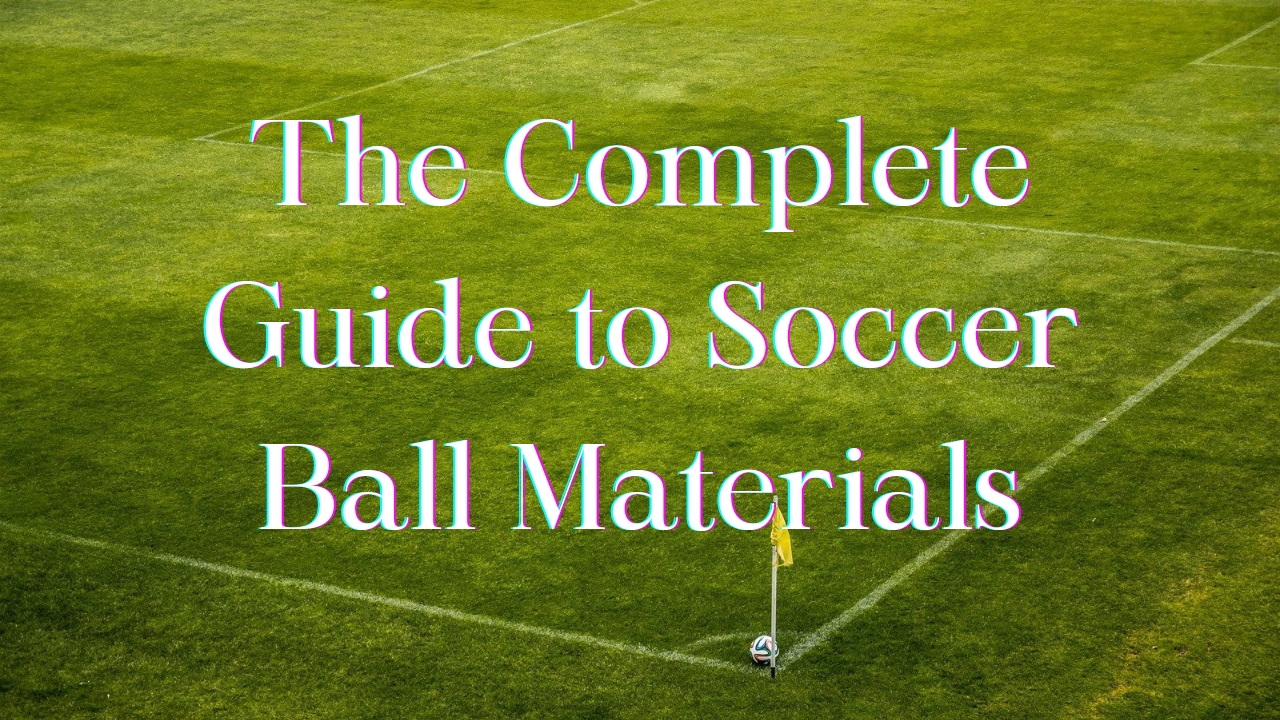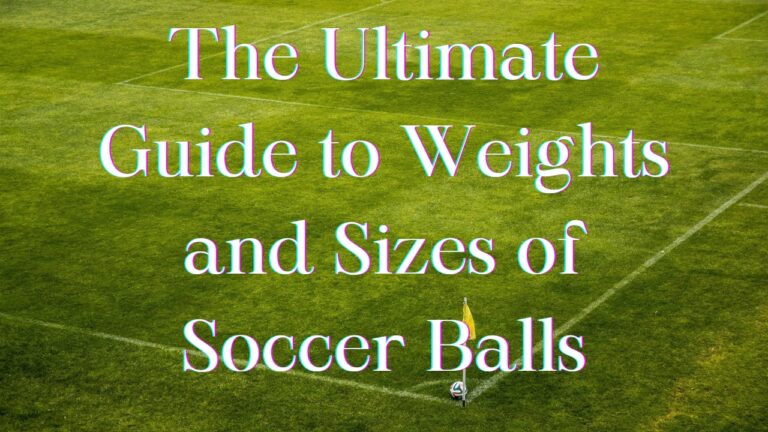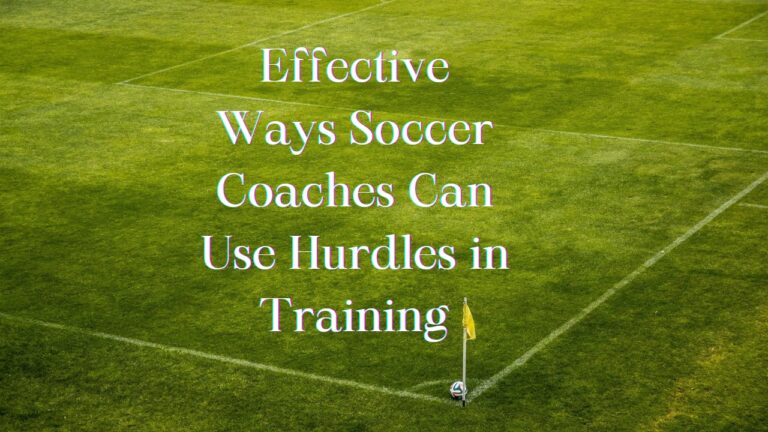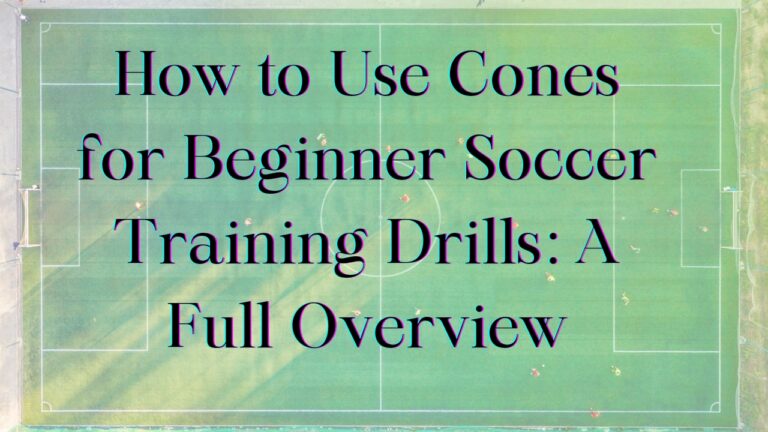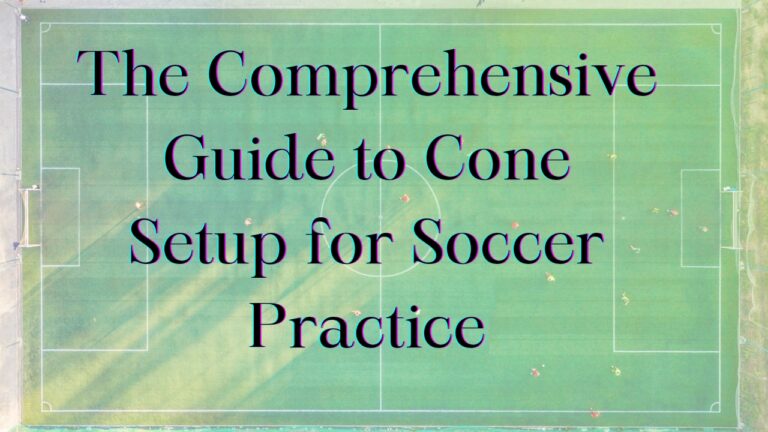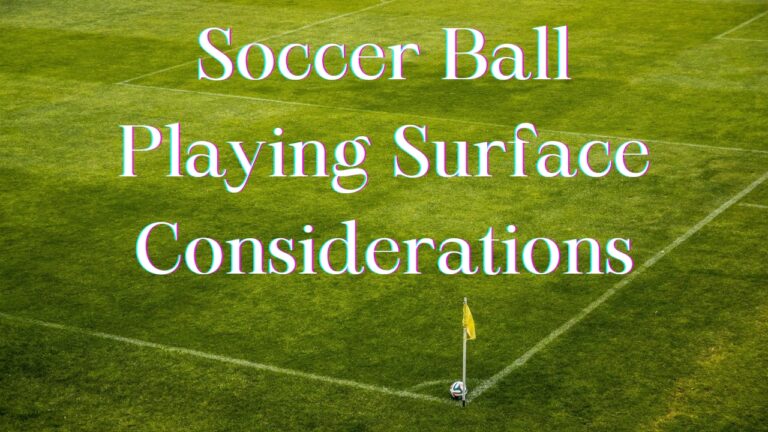Soccer balls have evolved tremendously over history. From humble beginnings as inflated animal bladders in leather, innovations in materials like rubber and synthetics have transformed the ball’s quality and performance.
Today’s soccer balls utilize advanced materials like polyurethane and hybrid blends to achieve optimal responsiveness, aerodynamics, and durability.
This article explores the key materials used in modern soccer ball construction and their unique performance attributes. Understanding ball materials provides insight into choosing the right ball for your playing style and conditions. Let’s examine what makes a great soccer ball!
Leather
Leather is the traditional material used for soccer ball coverings and is still used for high-end match balls today. Leather casings are typically made from cowhide through a process called ball-panning which utilizes machine shaping to create durable panels.
Leather has unique characteristics that affect ball performance:
- Provides excellent touch and feel: The supple, textured surface creates friction for ball control. The softness cushions impact and conforms to the foot for a natural feel when dribbling, passing, and shooting.
- Water resistant: The dense hide fibers repel water naturally and maintain shape in wet conditions. However, leather balls should be properly maintained to retain water resistance.
- Ages well if cared for: Leather develops a sweet spot once broken in while retaining responsiveness. Proper maintenance with weatherproofing treatments prolongs lifespan.
- Not as durable as synthetic balls: Leather can scuff and wear over time, requiring replacement sooner than synthetic casings. Use is limited to avoid damage.
- More expensive than synthetic balls: Higher cost due to expensive rawhide material and intensive production process.
While leather provides unparalleled feel, touch, and response, the tradeoffs are higher cost and lower durability compared to advanced synthetic soccer ball materials. Careful maintenance and limited use preserve leather soccer balls for optimal performance.
PVC (Polyvinyl Carbonate)
PVC (polyvinyl carbonate) was one of the first synthetic leather materials used in soccer ball construction as a cheaper and more durable alternative to natural leather.
Key attributes of PVC include:
- Synthetic leather-like feel: PVC mimics leather’s soft and supple texture. However, it lacks the natural responsiveness and touch of real leather.
- Cost-effective: PVC is much cheaper to produce than natural leather while offering increased durability. This makes it ideal for affordable training balls.
- Retains shape: The molded panels keep their form well during repetitive kicks and hard strikes.
- Weather-resistant: PVC withstands moisture better than leather before requiring treatment. However, it can become slick when wet.
- Lacks responsiveness: Less reactive to curves and strikes compared to other synthetics and real leather.
- Fades over time: PVC can crack and lose color after extensive use due to sun exposure and oxidation.
While PVC provides a decent leather-like feel at a fraction of the cost, it does not match the playing characteristics of high-end materials. The suppleness comes at the cost of diminished responsiveness and weather resistance compared to premium synthetics.
PU (Polyurethane)
Polyurethane (PU) is a synthetic leather material that provides excellent durability and performance. PU replaced PVC as the preferred synthetic casing and is now widely used.
Key qualities of PU include:
- Extremely durable: The bonded synthetic panels are much more resistant to abrasion, punctures, and tearing compared to leather or PVC. PU maintains its structural integrity longer.
- Weather-resistant: PU retains shape and characteristics across a wide climate range from cold to intense heat and humidity. Requires little protective treatment.
- Lightweight: PU is lighter than leather while being more rigid. This allows better accuracy in flight.
- Abrasion-resistant: The smooth matte finish better resists scuffing during kicks, headers, and when striking the ground.
- Less responsive feel: PU has a harder surface compared to leather so lacks the soft touch and cushioning.
- Can heat up: PU absorbs more heat in extreme temperatures which can make the ball slick.
PU matches leather in look and feel while far exceeding its weather resistance and durability. For recreational and professional use, PU is the most common synthetic material used in high-quality match balls.
Rubber
Rubber is a natural material derived from the latex sap of rubber trees. It revolutionized soccer balls when vulcanization was discovered in the 1800s, enabling the use of rubber bladders and panels.
Key properties of rubber include:
- Excellent responsiveness: Rubber rebounds instantly, providing great pace and spin on shots. The latex material compresses and flexes with impact.
- Optimal bounce: Rubber balls bounce true and consistently due to their elasticity and low density. The ball springs back uniformly when hitting the ground or heading.
- Natural feel: The softness and texture mimic leather’s grip and cushioning. Rubber molds to the foot for excellent control.
- Weather-susceptible: Prolonged exposure to sun, wind, and moisture degrades the material over time. Frequent treatment is needed.
- Not as durable: Lacks abrasion resistance and is prone to tearing over time compared to synthetics.
- Dense and heavy: Pure rubber balls are heavier than composite synthetic balls, affecting flight.
Rubber’s unparalleled responsiveness provides true ball flight and dribbling control. However, its limitations in weather resistance and durability have seen it displaced by advanced synthetics for most modern soccer balls. The feel remains unmatched.
Hybrid Casing
Hybrid casings blend different materials to achieve optimized performance combining the benefits of each. This allows balancing key ball characteristics like responsiveness, durability, and feel.
Some examples of hybrid casings are:
- Thermo Plastic Rubber (TPR): Mixes rubber with plastics for a supple feel and increased weather resistance. The rubber core is infused with durable thermoplastic polymer. Provides a balance of control, rigidity, and longevity.
- PU-Rubber: Polyurethane-coated panels with a thin rubber layer underneath. The PU offers abrasion resistance and stability while the rubber boosts responsiveness. Tunable for desired feel and control.
- PU-PVC: Polyurethane outer coating on top of a PVC substrate. Combines PU’s durability and PVC’s flexibility at a lower cost than pure PU.
- Micro-fiber composite: Woven synthetic micro-fiber integrated into PU panels. Produces a textured feel for better control and grip.
Key benefits of hybrid casings:
- Tunable balance of qualities – Materials can be blended for precise properties.
- Retains positives of each component – Builds on the advantages of constituent materials.
- Mitigates drawbacks – Mixing compensates for shortcomings of individual materials.
- Cost-effective – Optimization at a lower cost than the highest-end casings.
Hybrid casings allow balls engineered for specialized playing styles and conditions. By fine-tuning material mixes, ball producers can achieve improved price-to-performance characteristics.
Conclusion
The materials used in soccer ball construction have a significant impact on the performance and feel of the ball. Leather provides a supple natural touch but lacks durability. Rubber optimizes responsiveness and bounce. Synthetics like PVC, PU, and hybrids offer varied durability, weather resistance, and cost-effectiveness.
Advancements in soccer ball materials have enhanced durability, lightness, and water resistance while aiming to maintain a natural, responsive feel. Carefully selecting the right soccer ball material for your playing style, environment, and needs results in optimal ball control, shot performance, and longevity.
Author

